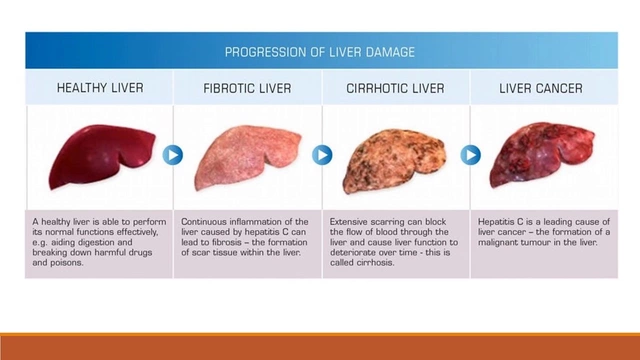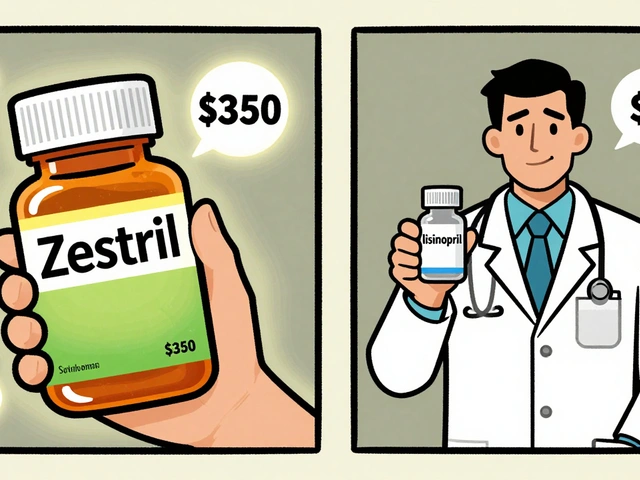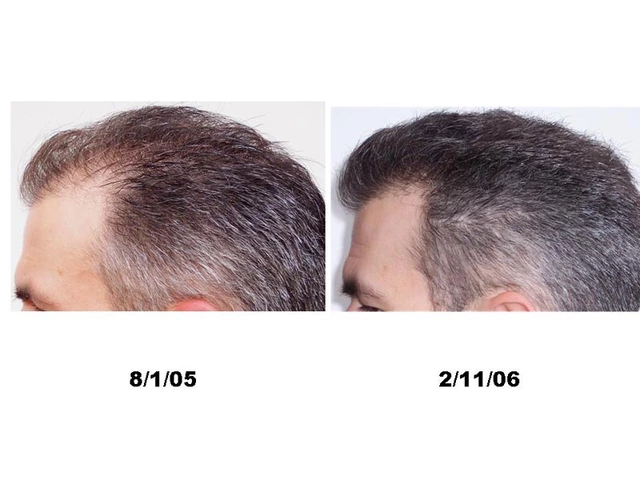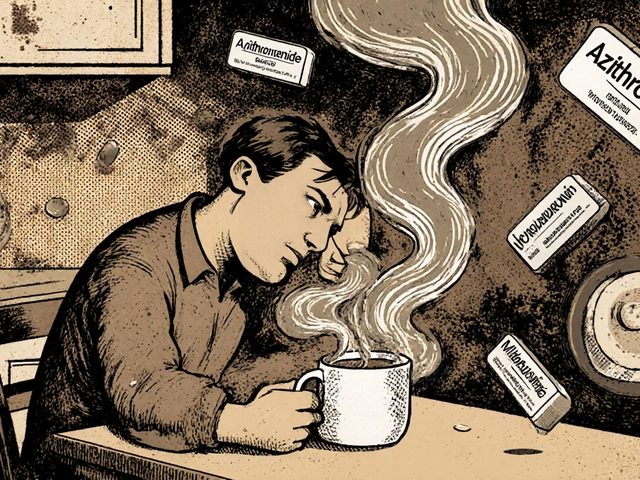Trichomoniasis: What You Need to Know Fast
Trichomoniasis is a common sexually transmitted infection caused by a single-cell parasite called Trichomonas vaginalis. It often causes no symptoms, so you can have it and not know. When symptoms show up they typically include vaginal discharge that’s frothy or greenish, bad odor, itching, burning during urination, or discomfort during sex; men may get urethral irritation or discharge but often stay symptom-free.
How do you confirm it? Ask your clinician for a NAAT test (nucleic acid amplification) — it’s the most accurate and can use a swab or urine sample. Rapid wet mount tests exist but miss many cases. If you have any typical symptoms or a partner diagnosed with an STI, get tested rather than guessing.
Treatment that actually works
The usual treatments are antibiotics: metronidazole or tinidazole. Your doctor may give a single 2 g dose or a 7-day course of 500 mg twice daily for metronidazole. Tinidazole is often given as a single dose and can work when metronidazole fails. Take the full course exactly as prescribed — stopping early can let the infection come back.
Don’t drink alcohol while taking metronidazole and for 48 hours after the last dose; avoid alcohol for 72 hours after tinidazole. These drugs can cause nausea, a metallic taste, and occasional headaches. If you react badly or still have symptoms after treatment, contact your provider — resistant infections happen and a different plan may be needed.
Practical steps to protect yourself and others
Treat sexual partners at the same time. If a partner isn’t treated, reinfection is likely. Avoid sex until all partners finish treatment and symptoms are gone, or at least 7 days after a single-dose regimen. Use condoms to lower your risk — they’re not perfect but they help.
Pregnant people should talk to their provider. Treatment is usually recommended in pregnancy to reduce risks like preterm birth, but your clinician will choose the safest option for you. Also, skip douching — it disturbs vaginal balance and raises STI risk.
If you’ve had trichomoniasis before, consider retesting in about three months because reinfection is common. Routine testing isn’t done for everyone, but it’s sensible if you have new partners or persistent symptoms. Asking for clear guidance about partner notification and follow-up makes a big difference.
Symptoms often start within 5 to 28 days but can show up later or never. Testing is available at sexual health clinics, primary care, and many Planned Parenthood centers; some pharmacies sell validated at‑home NAAT kits to mail. At-home rapid tests are less reliable. Men are often symptom-free, so ask your partner to test even without signs. Simple home care like lukewarm sitz baths and over-the-counter pain relievers can ease irritation while waiting for treatment.
Quick tips: get tested early when symptoms appear, finish all medication, don’t drink alcohol around treatment, and make sure partners get treated too. If anything seems off after treatment, call your clinic — most cases clear up well with the right care.
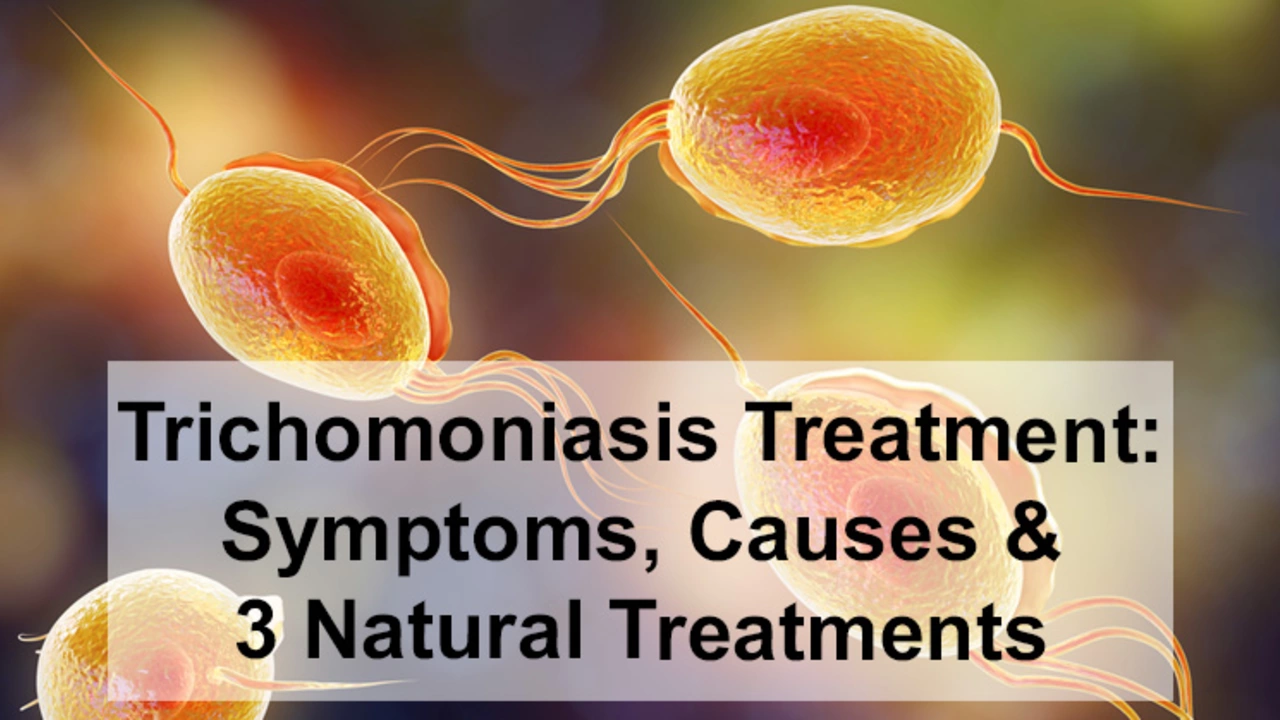
In my recent research, I've discovered that Trichomoniasis is a common vaginal infection caused by a parasite. The signs can range from irritation and foul-smelling discharge to no symptoms at all. It's typically diagnosed via a physical exam or lab test. If you test positive, don't worry, it's treatable with antibiotics. Remember, early detection is key, so don't hesitate to get checked if you suspect something's off.
Continue Reading

